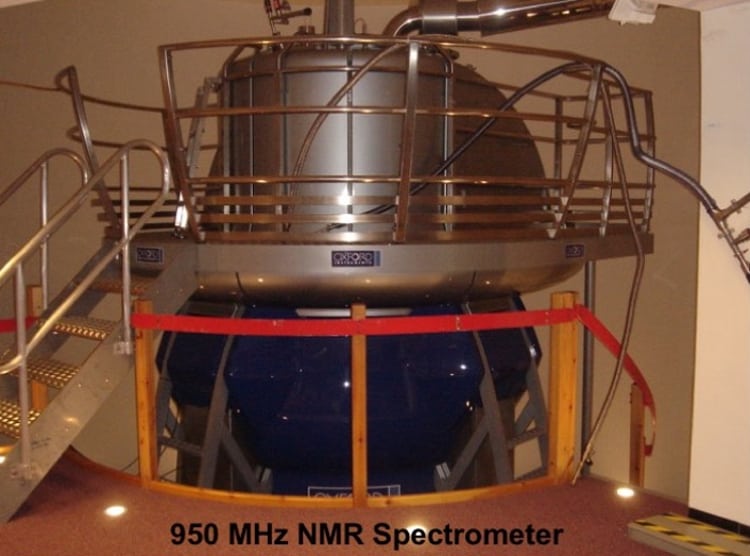Investment in NMR equipment has potential to improve material and molecular insights
A £20m investment in new nuclear magnetic resonance (NMR) equipment is expected to give scientists in Britain a greater understanding of materials and molecular structures.


Global efforts to map the genes of humans and other creatures may have revealed the basic building blocks of living organisms, but without better knowledge of the way the millions of macromolecules within cells assemble and interact, scientists are still some way from fully understanding how life works.
In an effort to improve the understanding of how these individual components come together to create the molecular machines that carry out basic biological functions, researchers at Oxford University are undertaking a project to upgrade the institution’s ultra-high field 950MHz NMR spectroscopy system.
The upgrade is part of a wider £20m investment in very high and ultra-high field NMR spectroscopy by EPSRC, alongside the Biotechnology and Biosciences Research Council (BBSRC), the Medical Research Council (MRC) and Natural Environment Research Council (NERC).
NMR spectroscopy is used to determine the molecular structure of a wide range of materials. The technique can provide detailed information on the topology, dynamics and three-dimensional structure of these materials, including biological components in solution.
Register now to continue reading
Thanks for visiting The Engineer. You’ve now reached your monthly limit of news stories. Register for free to unlock unlimited access to all of our news coverage, as well as premium content including opinion, in-depth features and special reports.
Benefits of registering
-
In-depth insights and coverage of key emerging trends
-
Unrestricted access to special reports throughout the year
-
Daily technology news delivered straight to your inbox










UK Enters ‘Golden Age of Nuclear’
Apologies if this is a duplicate post - a glitch appears to have removed the first one: > While I welcome the announcement of this project, I note...